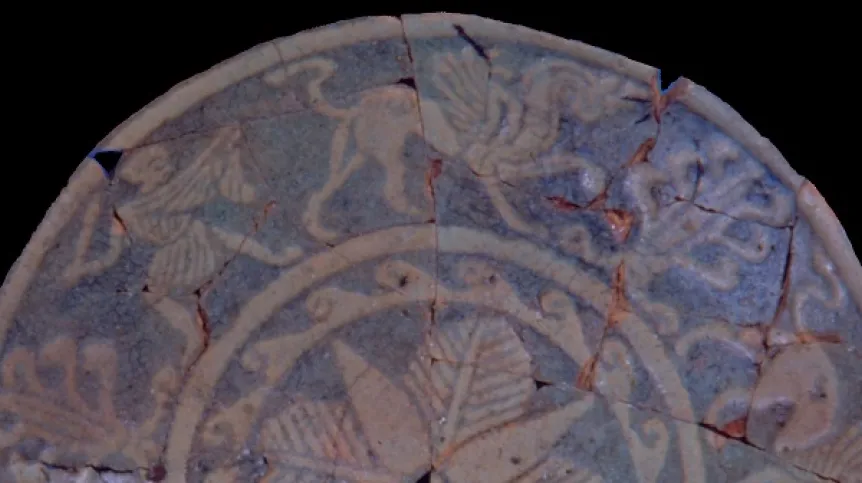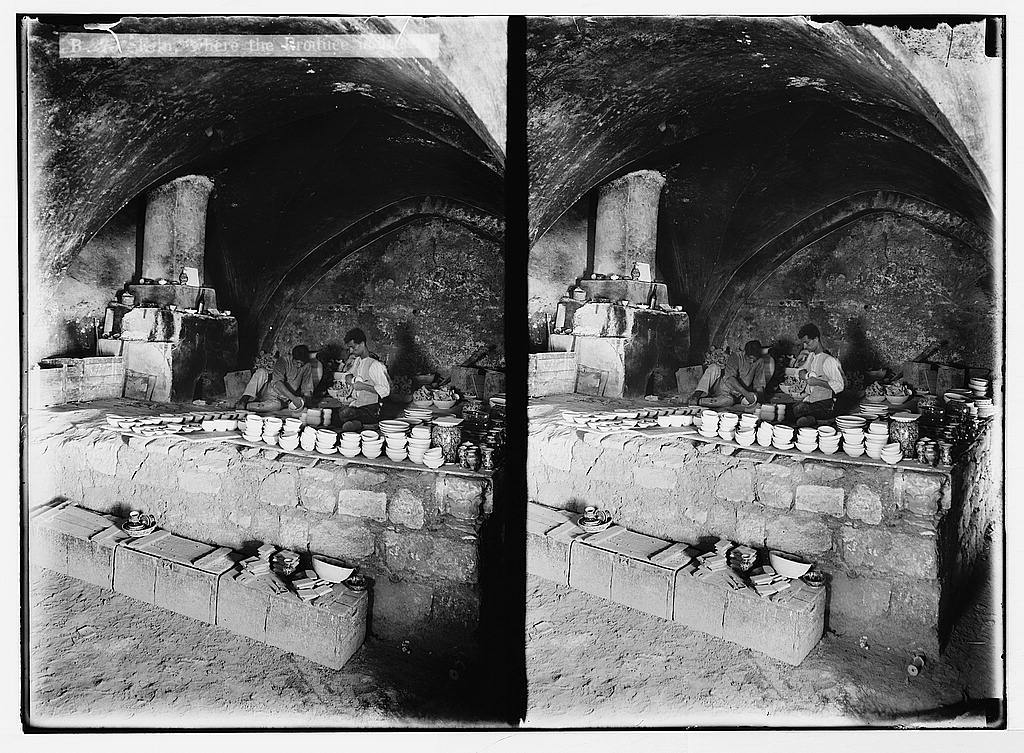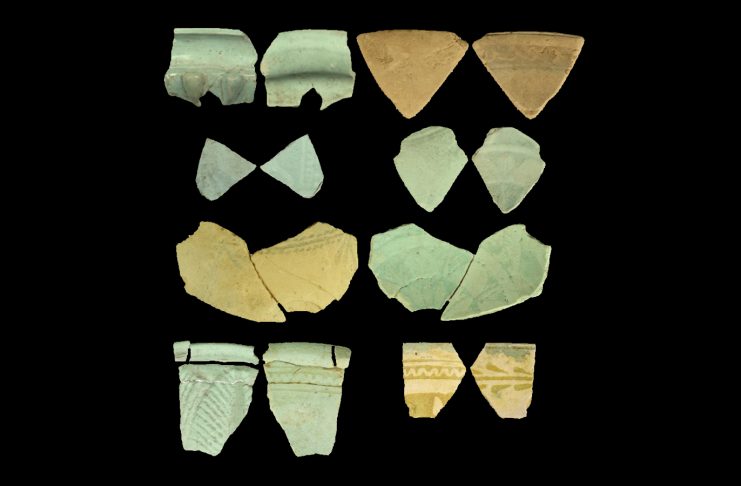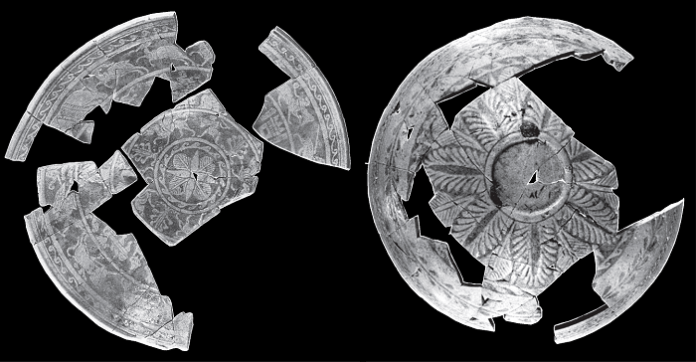Recent discoveries have shed light on the intricate processes behind the production of ancient Egyptian faience, revealing a surprising connection to gold mining. Polish archaeologists have uncovered that the powdered quartz used in making faience vessels in the ancient city of Athribis, located in Egypt’s Nile Delta, was sourced from tailing heaps left over from gold mining activities. This article explores the significance of this discovery, detailing the research and findings of scientists from the University of Warsaw and the Cardinal Stefan Wyszynski University.
The Ancient City of Athribis

Tell Atrib, known historically as Athribis, was a prominent political center in the Nile Delta. Situated northeast of Benha on the hill of Kom Sidi Yusuf, Athribis was an ancient city in Lower Egypt that flourished as a significant hub of activity. During excavations conducted between 1985 and 1995 by a Polish-Egyptian archaeological mission, the remains of baths, craft workshops, and an ancient villa were uncovered, providing valuable insights into the city’s past.
Discovery of Kilns and Faience Production

Among the various discoveries, the kilns found at the site particularly intrigued researchers. Initial assumptions were that these kilns were used for firing faience vessels, which were also discovered during the excavations. Egyptian faience, a sintered-quartz ceramic material, was known for its blue and green glazes and intricate designs. A research project funded by the National Science Centre, led by engineering geologist Magorzata Zaremba, confirmed that these kilns could indeed fire faience vessels at temperatures ranging from 1050 to 1150 degrees Celsius.
Chemical Analysis of Faience Bowls

The researchers analyzed the chemical composition of seven fragments of 2,000-year-old bowls covered with a blue glaze. These bowls featured convex and concave motifs typical of Egyptian, Greek, and Oriental cultures, ranging from geometric and floral patterns to figural scenes. The analysis revealed that the faience items were composed of approximately 90% powdered quartz, 4% burnt lime and bone meal mixture, 2% river fluvisol, 2% gelatine, 1% feldspar flour, and 1% lead sulphide. Each component played a crucial role in the firing process, with gelatine, for example, providing plasticity to the mixture.
Sourcing of Quartz from Gold Mining Heaps

One of the most significant findings of the research was that the high-quality quartz powder used in the faience production came from gold-bearing veins in the Eastern Desert of Egypt. These quartz deposits were remnants of gold mining activities, located 500-600 km from Tell Atrib, between the Red Sea and the Nile Valley. This discovery highlights the extensive trade and resource acquisition networks that ancient Egyptians utilized to obtain the necessary materials for their craft.
Implications and Future Research

Magorzata Zaremba noted that this comprehensive analysis of faience items, especially their cores, was unprecedented, leading to a lack of comparable data. However, the methodologies developed and results obtained from this research could inspire further interdisciplinary studies on faience objects from various periods. The popularity of faience items throughout ancient Egypt’s history is evident in the numerous blue and green figurines, pendants, and amulets found, such as the iconic ankh symbol.
Historical Context and Continued Influence

The oldest faience items in Egypt date back over 4,500 years, to the time of the first pyramid builders. The technology reached its peak during the middle of the second millennium BCE, especially under the reigns of Hatshepsut and Ramesses the Great. Despite the advancements in modern science, the exact recipes and production methods of ancient Egyptian faience remain elusive. Today, souvenirs styled as faience products are sold at tourist sites like the Giza pyramids and Luxor Temple, continuing the legacy of this ancient craft.
Conclusion
The discovery that ancient Egyptian faience production was linked to gold mining tailings offers a fascinating glimpse into the resourcefulness and ingenuity of ancient artisans. The research conducted by Polish archaeologists not only provides valuable insights into the materials and techniques used but also underscores the interconnectedness of ancient trade and industry. As further studies build on these findings, our understanding of ancient Egyptian craftsmanship and its enduring influence will continue to deepen.
